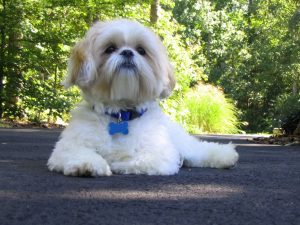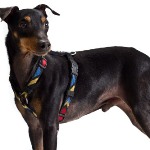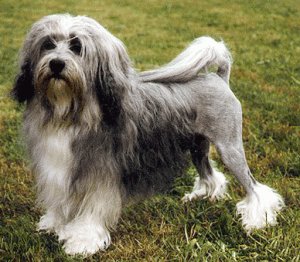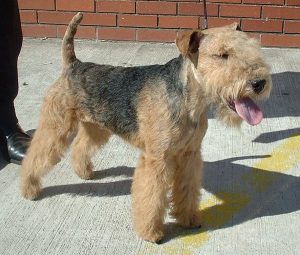American Eskimo Dog
Adopt American Eskimo Dog Save a Life
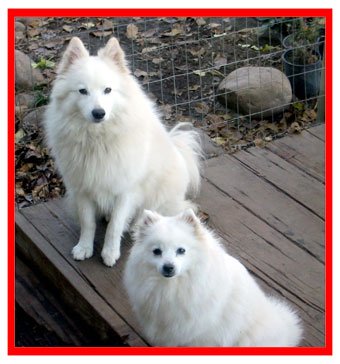
-
Breed Group : Non-Sporting
-
Origin : United States
-
Average Height : 9" - 19"
-
Average Weight : 6 - 40 lbs.
-
Life Span : 12 - 15 years
Photo Courtesy of : Heart Bandits/American Eskimo Dog Rescue
-
Size
1 2 3 4 5 6 7 8 9 10 -
Energy
1 2 3 4 5 6 7 8 9 10 -
Intelligence
1 2 3 4 5 6 7 8 9 10 -
Ease of Training
1 2 3 4 5 6 7 8 9 10 -
Hypo-Allergenic
1 2 3 4 5 6 7 8 9 10 -
Shedding
1 2 3 4 5 6 7 8 9 10 -
Good with Kids
1 2 3 4 5 6 7 8 9 10 -
Good with Other Pets
1 2 3 4 5 6 7 8 9 10 -
Guard Dog
1 2 3 4 5 6 7 8 9 10




